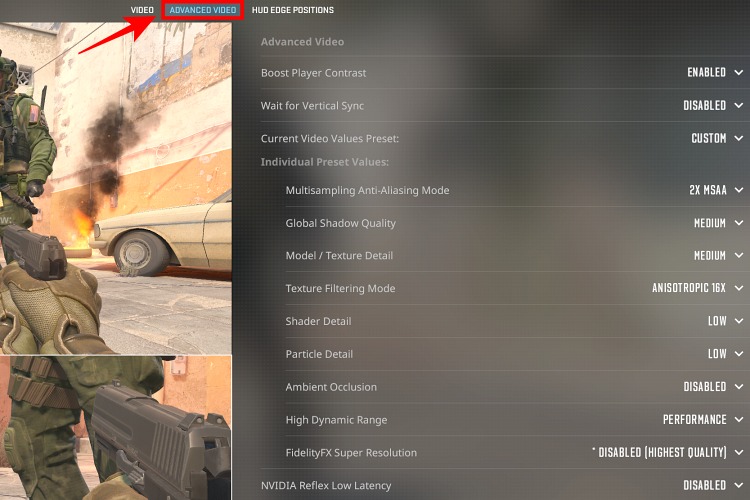Best Electronics Insights
Your go-to source for the latest in electronics news and reviews.
Pixel Perfect or Just Plain Pixels? The Truth Behind CS2 Graphics
Discover the truth behind CS2 graphics! Are they pixel-perfect masterpieces or just plain pixels? Dive in for a surprising revelation!
Understanding the Evolution of Graphics: From CS2 to Modern Standards
The evolution of graphics software has witnessed a significant transformation from the days of Adobe Photoshop CS2 to today's advanced design standards. CS2, released in 2005, introduced features that were revolutionary for its time, such as smart filters, the parameterized brush, and a more sophisticated text handling. These innovations laid the groundwork for many tools that artists and designers rely on today. By integrating more intuitive interfaces and efficient workflows, Photoshop CS2 marked a pivotal moment in graphic design, bridging the gap between basic image editing and the complex capabilities we see in modern software packages.
As technology advanced, so did the demands for graphics production. Today’s design tools have incorporated artificial intelligence, cloud-based collaboration, and high-definition rendering, reflecting the need for faster and more versatile graphics creation. The shift towards user-centric design and accessibility has become paramount, leading to the development of tools that cater to both professionals and amateurs alike. By examining the transition from CS2 to today’s sophisticated platforms, one can appreciate how far we’ve come in enhancing visual storytelling through graphics, ultimately reshaping the entire creative industry.

Counter-Strike is a popular tactical first-person shooter that has captivated gamers since its inception. Players can engage in intense multiplayer matches where they can choose to play as terrorists or counter-terrorists. If you're curious how long is a cs2 match, the duration typically depends on the game's specific rules and formats.
Are CS2 Graphics Truly Pixel Perfect? A Deep Dive
The term pixel perfect is often used in the gaming community to describe graphics that achieve flawless representation at the pixel level. In the context of CS2, players are left wondering whether the game's graphics truly live up to this lofty standard. With advancements in rendering technologies and the shift to high-definition visuals, CS2 aims to deliver an immersive experience that enhances gameplay and elevates visuals. However, achieving pixel perfection involves numerous factors, including character models, environmental details, and in-game animations, all of which contribute to the overall aesthetic quality.
One of the critical aspects of assessing whether CS2 graphics are pixel perfect lies in the game's performance across various platforms. Players on high-end PCs may experience stunning visuals, while those on lower-end systems may face limitations that affect the perception of graphical fidelity. Furthermore, factors like anti-aliasing and texture filtering play a significant role in defining how crisp and clear the images appear. Thus, while CS2 strives for a pixel-perfect look, the reality can vary considerably based on individual hardware and settings. Ultimately, this leaves us with a compelling question: is pixel perfection achievable, or is it an ideal that remains just out of reach in the world of gaming?
What Made CS2 Graphics Iconic? Exploring Visual Techniques and Limitations
Counter-Strike 2 (CS2) stands out in the gaming world, not just for its gameplay but also for its iconic graphics that have left a lasting impression on players. The graphical style of CS2 blends realism with stylized visuals, utilizing a unique color palette and character models that are functional yet aesthetically pleasing. The game's engine, coupled with a specific focus on environmental design, utilizes lighting techniques that enhance the sense of immersion and realism. These elements work together to create a backdrop where players can feel the tension of competitive play, a key component of CS2's enduring popularity.
However, the graphics in CS2 also faced certain limitations that contributed to their iconic status. The developers had to strike a balance between performance and visual fidelity to ensure smooth gameplay, particularly in crowded environments. This meant focusing on efficient design choices such as low-polygon models for characters and simplified textures for maps. This approach not only ensured that players with varying system capabilities could enjoy the game but also created a distinct visual identity that players came to recognize. The limitations allowed for a focus on gameplay mechanics over overwhelming graphical fidelity, ultimately emphasizing the strategy and skill required in competitive combat.